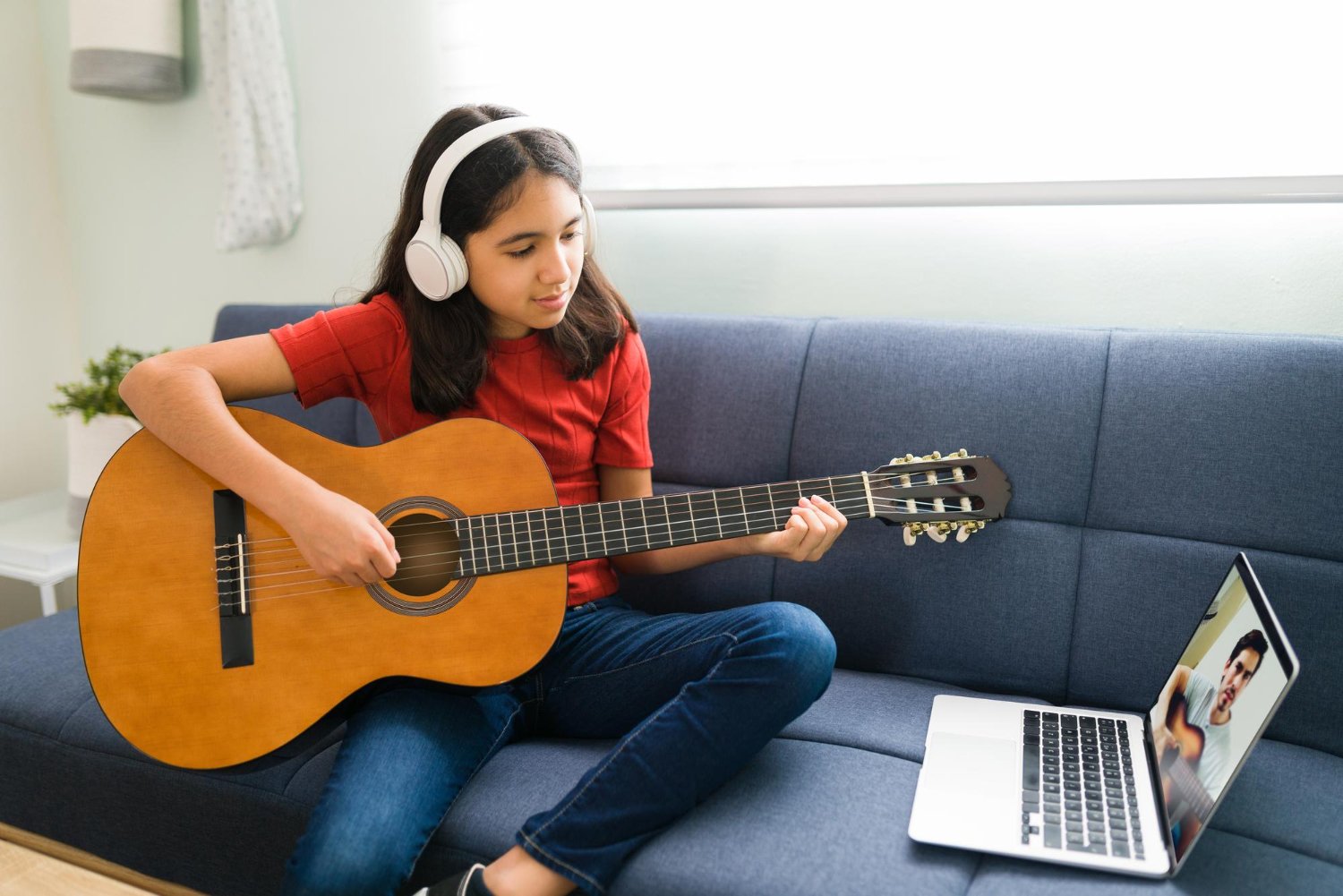We’re all passionate about something (some of us more than others). And if you’re into music and want to carve out a name for yourself, you might be thinking of teaching the subject online. While at it, you can hopefully monetize your skills. Meanwhile, students who want to hone their craft can explore or check for the best music lessons in Texas and beyond.
To make the most of your musical knowledge in shaping a new generation of musicians, you can teach them the basics or the more advanced concepts in music. But before anything else, here are some tips on how to go about it:
- Create a Teaching Plan
Despite being the most essential, the first step is usually the hardest. Hence, ponder about what you want to achieve by teaching music online. Is your focus on a specific musical genre? Are you aiming to teach the basics of music theory? What age group are you targeting?
Your goals will determine the scope of your teaching plan. Having clarity about the achievements you have in mind makes it easier to create a plan that addresses your needs and your students. Besides, your students will clearly have their learning objectives, so it’s best to figure out what they are before rolling out your plan.
- Prepare Your Materials
Create or gather the materials you need for your online music lessons. For example, if you’re teaching music theory, get a whiteboard and some markers. And if your students are into a specific genre, look for songs in that genre to use as examples. But If you’re short on time or resources to create materials from scratch, consider checking online for inspiration.
- Invest in Quality Equipment
You might be teaching music online, but that doesn’t mean you can get away with using subpar equipment. The only way your students can take you seriously and appreciate the quality of your lessons is by ensuring you have the right tools for the job.
These may include a good microphone, a quiet teaching environment, and a fast and reliable internet connection. For instance, imagine what would happen if your audio or video keeps cutting out in the middle of a lesson – it would be incredibly frustrating for you and your students.
- Choose Your Delivery Method
How do you plan to deliver your lessons? This is a decision you need to make before the rubber meets the road. The most popular methods include:
- Live video conferencing
- Pre-recorded video lessons
- Audio lessons.
Live video conferencing is usually interactive and engaging, making it a great option, provided you have a dependable internet connection and the right equipment. Meanwhile, pre-recorded video and audio lessons are more forgiving regarding technical glitches. These methods are also more flexible since students can access the lessons anytime, anywhere. However, they might not be as engaging as live lessons.
Your chosen method will also determine the platform you’ll use to deliver your lessons. The most popular platforms for teaching music online include:
- Zoom
- Skype
- Facetime
- Google Hangouts
Each platform has its features, so it’s best to try a few before settling on one. That way, you can determine what works best.
- Set Your Prices
How much should you charge for your lessons? This is a tricky question since there’s no one-size-fits-all approach to pricing. That said, the best way to come up with a rate is by considering aspects such as:
- Your qualifications
- The type of lessons you’re offering
- The level of your students
- The duration of each lesson
Once you have a rate in mind, communicate it to your students (or their parents) before starting the lessons. This can help you avoid misunderstandings down the road. Plus, being upfront ensures everyone is reading from the same page from the get-go.
- Get Paid
Getting paid for your efforts is, of course, the icing on the cake. But don’t get caught up in the details of how you’ll monetize your gig just yet.
The most crucial aspect is building a student base and delivering quality lessons. And when you do, the rest will take care of itself. Provided you’re consistent and continually look for ways to improve your lessons, there’s no limit to what you can achieve. And the best part is that an online platform allows you to reduce upfront costs like rent, meaning you get to pocket more of the revenue.
Now that we’ve tackled most of what you need to know about starting your online teaching journey, it’s your turn to actualize your dream. By taking action, you can build a business you’re passionate about and make a difference in the lives of your students. Long story short – get to it.
